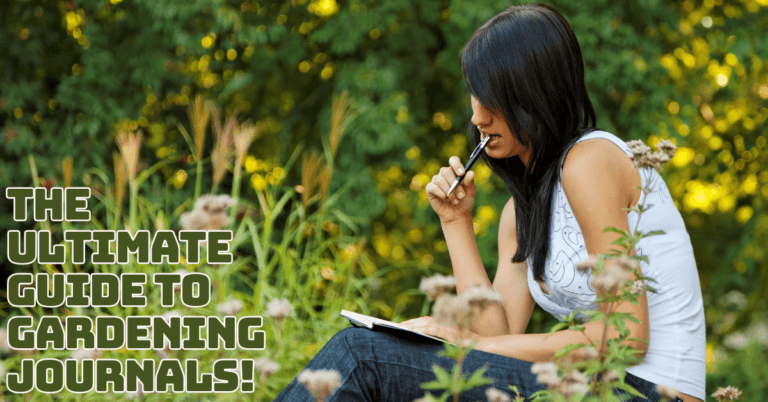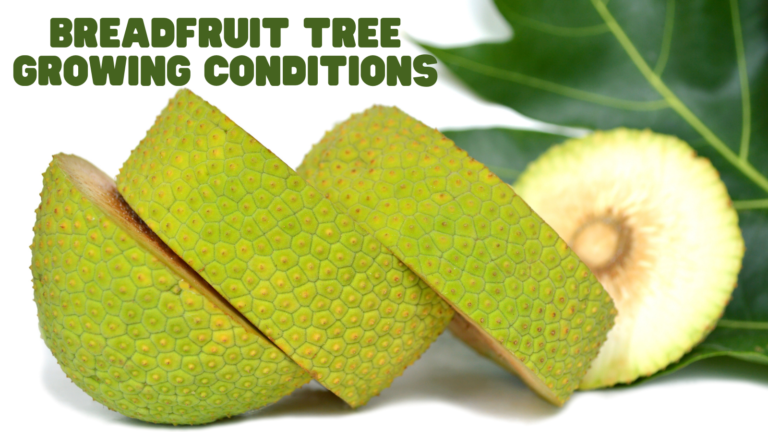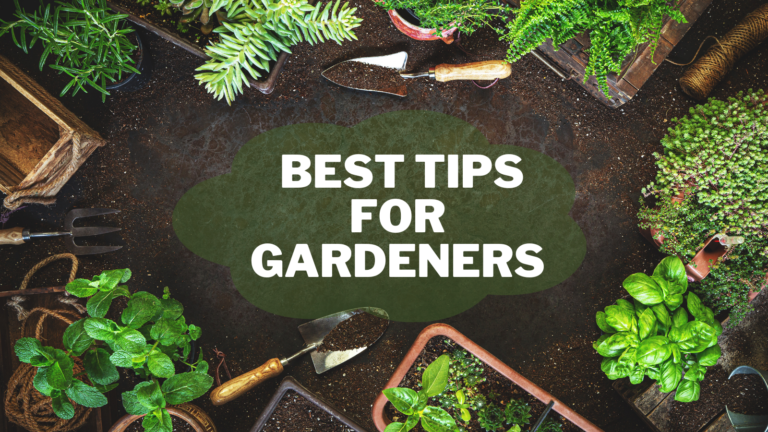How To Create A Healing Garden
How To Create A Healing Garden
Gardens have long been spaces of tranquillity, beauty, and healing. A healing garden explicitly promotes physical, mental, and spiritual well-being.
These sanctuaries can be designed to serve a variety of purposes, from providing a quiet space for reflection to supporting physical therapy.
Whether you have a sprawling backyard or a small patio, you can create a healing garden that suits your needs.
This guide will give you all you need to know about making healing gardens, including the important steps and things to consider.

Definition And Benefits Of A Healing Garden
A healing garden enhances overall well-being through a connection with nature. Unlike regular gardens, healing gardens are thoughtfully crafted to support physical, emotional, and spiritual health. The benefits of a healing garden include:
1. Stress Reduction
Natural environments play a significant role in reducing stress and anxiety. Research indicates that spending time in a garden can lower cortisol levels, the body's primary stress hormones.
This decrease in cortisol helps to alleviate feelings of stress, contributing to an overall sense of calm and well-being.
2. Physical Health
Gardening activities encourage physical movement and support rehabilitation efforts. Tasks such as planting, weeding, and watering plants require physical exertion, which can enhance physical fitness and improve mobility.
This is especially favourable for elderly individuals or those recovering from surgery, as it provides a gentle yet effective form of exercise.
3. Mental Clarity
Gardens offer a peaceful environment for meditation and mental relaxation. The sensory experiences a garden provides—such as the visual beauty of plants, the sound of birds, and the fragrance of flowers—can help clear the mind of distractions.
This sensory immersion can enhance concentration and mental clarity, fostering a more focused and serene mindset.
4. Emotional Healing
Gardens provide a tranquil setting that supports emotional recovery. A sense of purpose and success from gardening is essential for building emotional resilience.
Spending time in a garden can promote a positive outlook by creating a space for reflection and emotional growth, helping individuals cope with and heal from emotional challenges.
Planning Your Healing Garden
Planning Your Healing Garden involves thoroughly assessing your available space and specific needs.
This process includes evaluating how much room you have, considering the types of plants you want, and thoughtfully designing the garden layout to create a harmonious and therapeutic environment.
1. Assessing Space And Needs For A Healing Garden
Before diving into the design, assess the space available and understand your specific needs:

Space Assessment
Begin by measuring your garden area, paying close attention to sunny spots, shaded regions, soil quality, and existing vegetation.
Identify any slopes, drainage issues, or obstacles impacting your garden design. This detailed assessment ensures that your garden layout will be practical and aesthetically pleasing.
Purpose Identification For A Healing Garden
Clarify your garden's primary use. Is it intended for relaxation, physical therapy, meditation, or a mix of these purposes?
Understanding your primary objectives will help you choose the appropriate plants, features, and layout, ensuring the garden meets your needs and enhances your overall well-being.

Budget And Resources
Develop a clear budget and assess your available resources, including the time you can dedicate to maintenance.
Factor in the initial installation and ongoing maintenance expenses, such as watering and pruning. This planning ensures your garden remains sustainable and within your financial means over time.
2. Designing The Layout Of A Healing Garden
The layout of your garden is crucial for its functionality and aesthetic appeal. Consider the following elements:

Zones
Designate specific zones within your garden for various activities, such as a meditation nook, a walking path, or a seating area.
Each zone should be tailored to its intended use, which maximizes the garden's functionality and ensures that different activities can be enjoyed without interference.
Create A Natural Flow In Your Healing Garden
Create broad, accessible paths to ensure a natural flow between different zones. Use curves and organic lines to guide movement and encourage exploration.
This design approach helps the garden feel cohesive and invites visitors to move smoothly from one area to another, enhancing the overall experience.
Add Focal Points To Your Healing Garden
Integrate focal points such as a central fountain, a sculpture, or a prominent tree to attract attention and create a sense of balance.
Focal points serve as visual anchors within the garden, adding interest and structure while guiding the viewer's gaze and movement.

Privacy And Shelter
Incorporate elements like hedges, fences, or pergolas to create private and sheltered areas within your garden.
These features can enhance the garden's tranquillity and seclusion, providing peaceful retreats where individuals can relax and feel more connected to nature without disturbances.
3. Choosing Plants For A Healing Garden
Medicinal Plants
Plants have been used for their healing properties for centuries. Including medicinal plants can add a functional aspect to your garden:
1. Lavender
Renowned for its calming properties and pleasant fragrance, lavender is a versatile plant. It has calming and therapeutic properties and can be applied topically to burns and bug bites.
It can also be used in sachets to freshen up places and brewed into teas for relaxation.
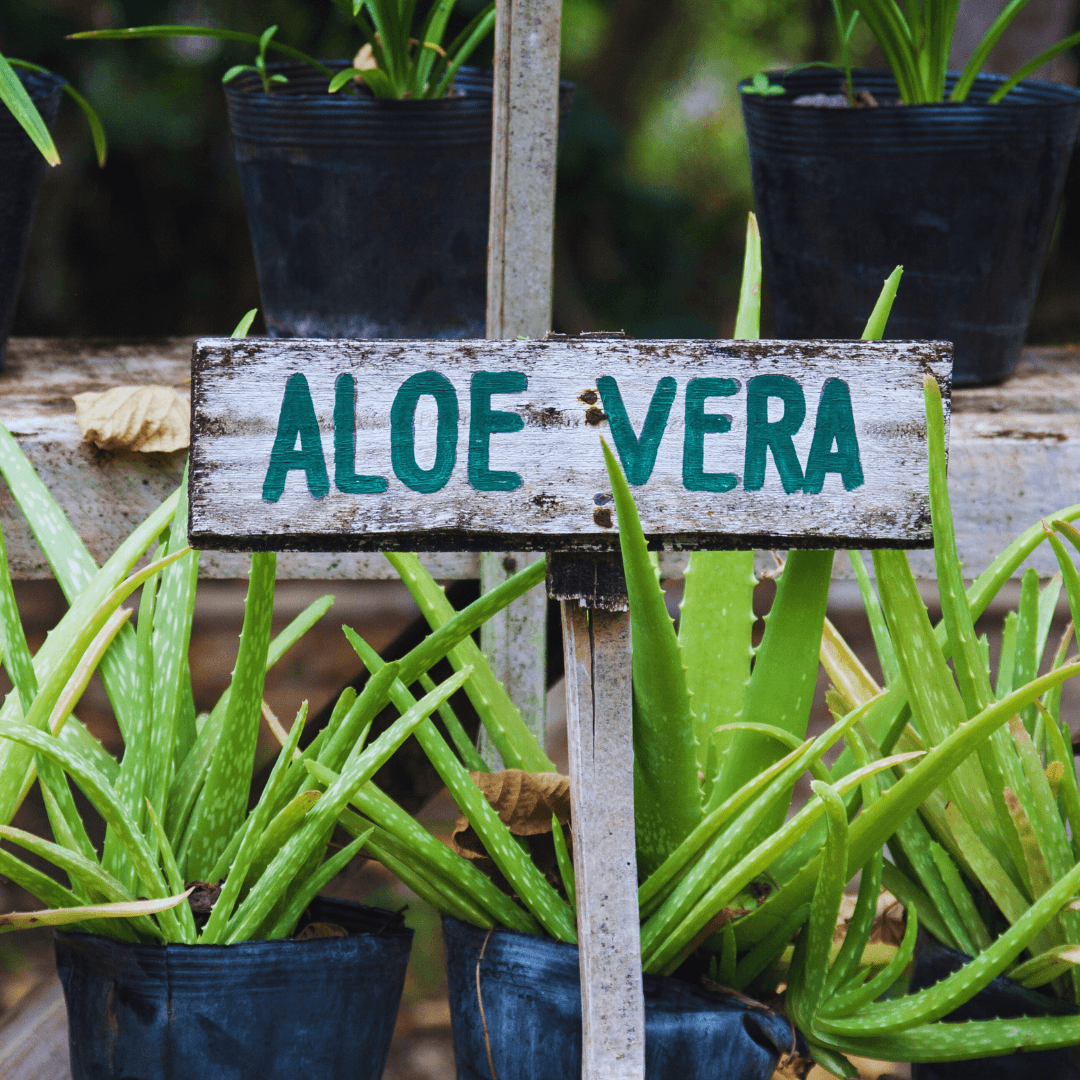
2. Aloe Vera
Aloe vera is exceptional for soothing skin irritations. The gel extracted from its leaves is applied directly to the skin to heal cuts, burns, and other skin conditions. Its cooling and healing properties make it a staple in natural skincare.
3. Chamomile
Chamomile is celebrated for its relaxing effects and is often used as an ingredient in herbal teas.
The dried flowers can be steeped to create a soothing tea that helps with sleep, making it a well-favoured choice for stress relief and insomnia.
4. Echinacea
Echinacea is commonly known for its immune-boosting properties and is used in herbal remedies to combat colds and infections.
It helps stimulate the immune system, making it a valuable plant for enhancing overall health and resistance to illness.
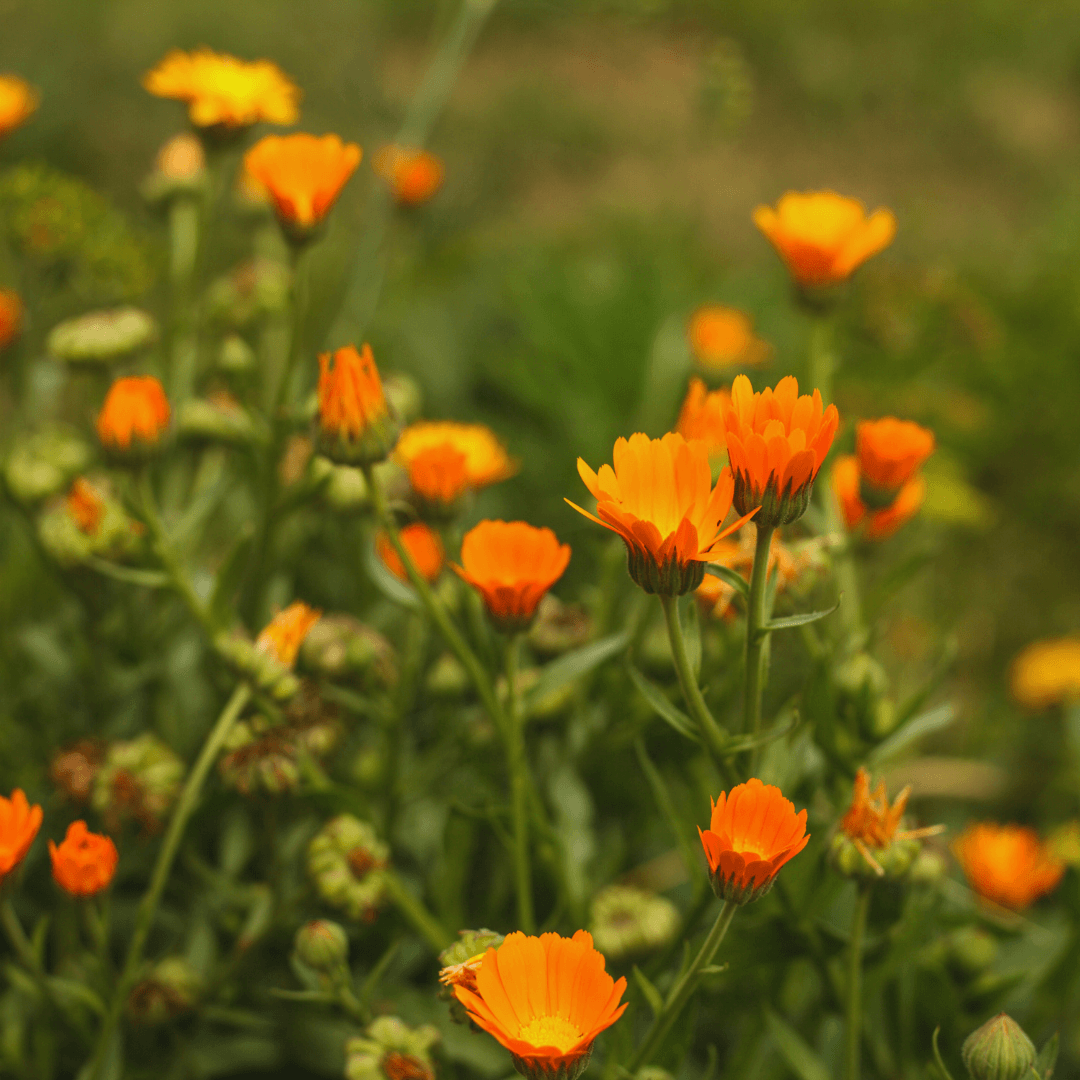
5. Calendula
Calendula is prized for its anti-inflammatory properties. It is commonly used in creams and salves for skin irritations, such as rashes and minor burns, and to promote healing. Its gentle, soothing effects make it ideal for sensitive skin care.
6. Peppermint
Peppermint is known for providing digestive relief. It can be brewed into teas to soothe stomach discomfort or used as a topical oil to relieve headaches and muscle pain. Its refreshing scent and taste make it a popular choice in aromatherapy and culinary uses.
Sensory Plants
Engage all the senses by incorporating sensory plants:
1. The Sense Of Touch
Lamb's ear (Stachys byzantine) boasts soft, highly tactile, velvety leaves. This sensory quality makes it a popular choice in sensory gardens, particularly for children who delight in touching its fuzzy foliage. It adds a unique, interactive element to the garden experience.
2. The Sense Of Sight
Brightly coloured flowers like marigolds and sunflowers can enhance your garden's visual appeal.
By choosing various colours and bloom times, you can ensure continuous visual interest and vibrant displays throughout different seasons, keeping the garden lively and engaging year-round.
3. The Sense Of Smell
Aromatic herbs such as rosemary, mint, and thyme are ideal for planting near pathways or seating areas.
Their delightful scents can be easily enjoyed as you walk by or relax, adding a fragrant dimension to the garden that enhances overall sensory enjoyment and relaxation.
4. The Sense Of Sound
Grasses like bamboo are excellent for adding auditory interest to your garden. The gentle rustling of bamboo and other ornamental grasses in the wind creates a soothing, natural soundscape, adding an extra layer of tranquillity and enhancing the sensory experience.
5. The Sense Of Taste
Edible plants like basil, parsley, and strawberries add visual appeal and provide the pleasure of harvesting and tasting fresh produce.
Incorporating these plants allows you to engage with your garden in a practical and rewarding way, making it beautiful and functional.
4. Incorporating Elements Of Nature In Your Healing Garden
Water Features
Water features add a soothing auditory and visual element to your healing garden:
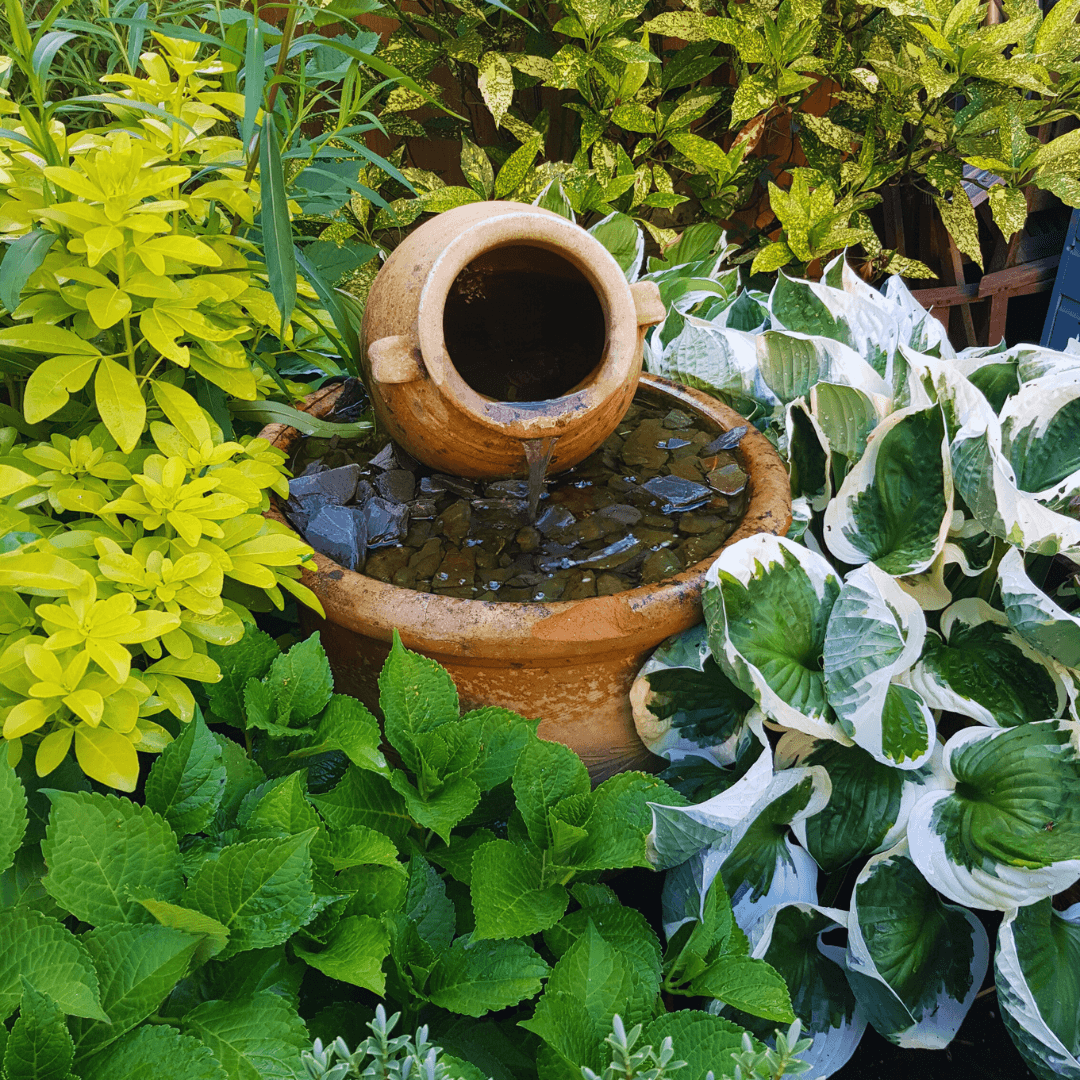
1. Fountains
Fountains generate calming sounds and are striking focal points in a healing garden. Available in numerous styles—from classical tiered designs to sleek, modern minimalism—fountains can be tailored to fit any aesthetic.
Their soothing water sounds create a serene environment, enhancing the garden's tranquillity.
2. Ponds
Ponds create a serene atmosphere and support local wildlife, attracting birds, frogs, and beneficial insects.
This enhances the garden's biodiversity and ecological health. A well-designed pond can be a peaceful retreat and a vibrant, dynamic feature in your garden.
3. Streams
Streams add movement and a dynamic element to the healing garden. A small stream or waterfall provides visual interest and creates a peaceful soundscape.
The flowing water encourages exploration and interaction, adding to the garden's sensory and aesthetic appeal.
Rock And Stone Arrangements
Rocks and stones can be used for both aesthetic and functional purposes:

1. Zen Gardens
Zen gardens feature minimalist sand and stone arrangements designed for meditation. Raking patterns in the sand is a calming practice that promotes mindfulness and relaxation.
These gardens provide a serene space for contemplation, emphasizing simplicity and harmony with nature.
2. Rock Gardens
Rock gardens combine stones with hardy alpine plants to create a rugged, natural look. These gardens are low-maintenance and particularly well-suited for areas with poor soil.
Combining rocks and resilient plants provides visual interest and texture, creating a striking landscape feature.
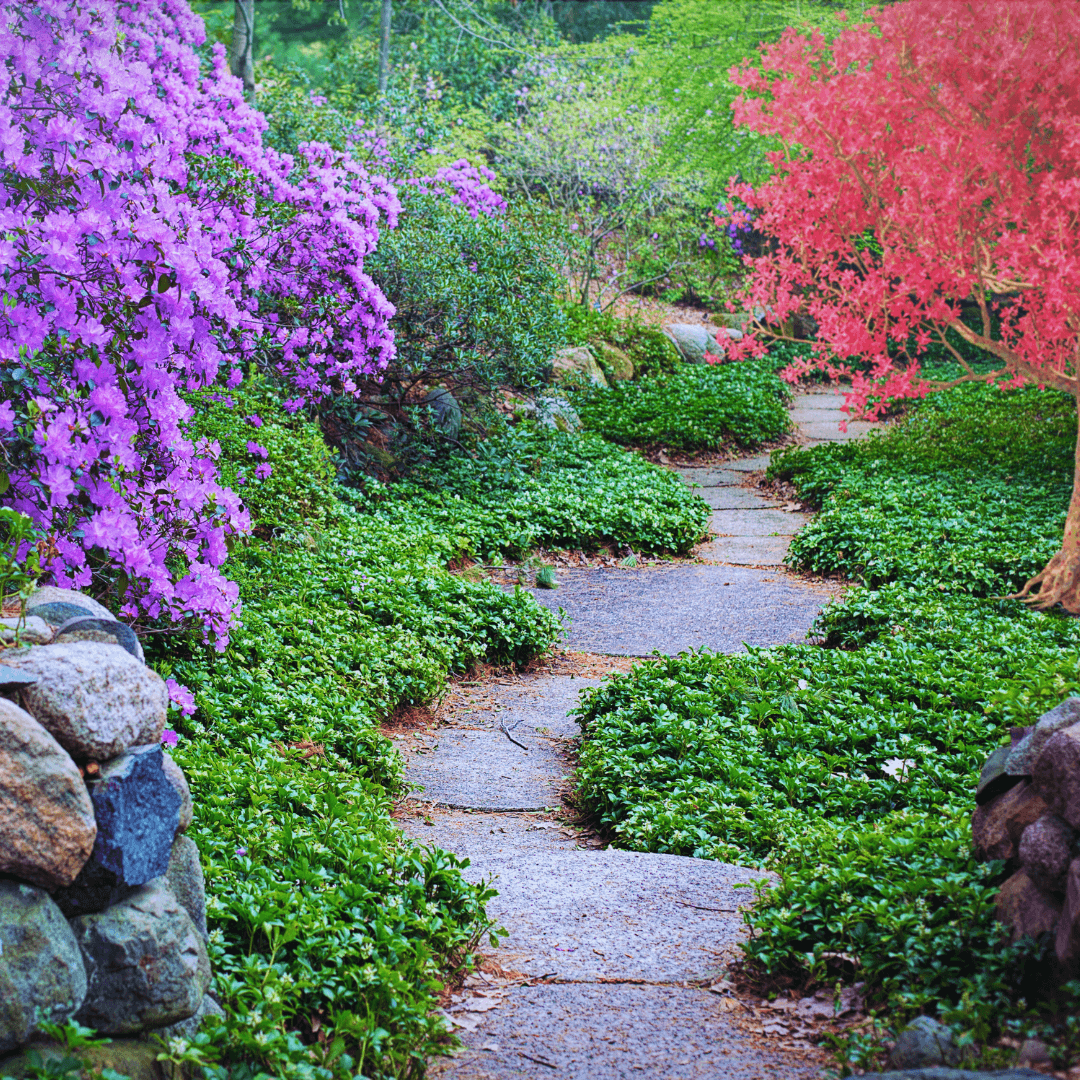
3. Path Edging
Using stones to line paths and create borders helps define walkways and prevent soil erosion.
Stone edges add a clean, structured appearance to garden paths, enhancing functionality and aesthetics.
This technique can also guide visitors through the garden, improving overall flow and organization.
Creating Pathways And Seating Areas For A Healing Garden
1. Pathway Materials And Designs
Paths are essential for navigating your garden and should be inviting and accessible. It is easy to install and maintain Gravel paths, making them ideal for informal pathways.
They offer excellent drainage and come in various colours and sizes, allowing for customization. Flagstone paths provide a natural, durable option that adds a rustic charm to the garden.
Wood chips are soft underfoot, eco-friendly, cost-effective, and biodegradable, making them a practical choice for garden paths.
Brick or pavers are an excellent option for a more formal and structured look. They can be arranged in various patterns, adding a decorative and organized element to the garden's design.
2. Types Of Seating
Seating areas are vital for rest and reflection. Benches are a classic seating choice for gardens, available in various materials such as wood, metal, and stone.
They are best placed in shaded areas or with views of focal points for optimal relaxation. Swing chairs add a playful and relaxing element, providing movement and fun.
Hammocks are perfect for lounging and unwinding and are ideal for napping or reading in a secluded garden.
Custom-built seating can be tailored to specific needs and garden styles, including options like built-in benches, curved seating, or integrated planters, adding a unique and personalized touch to the garden.
Adding Decorative And Functional Features To Your Healing Garden
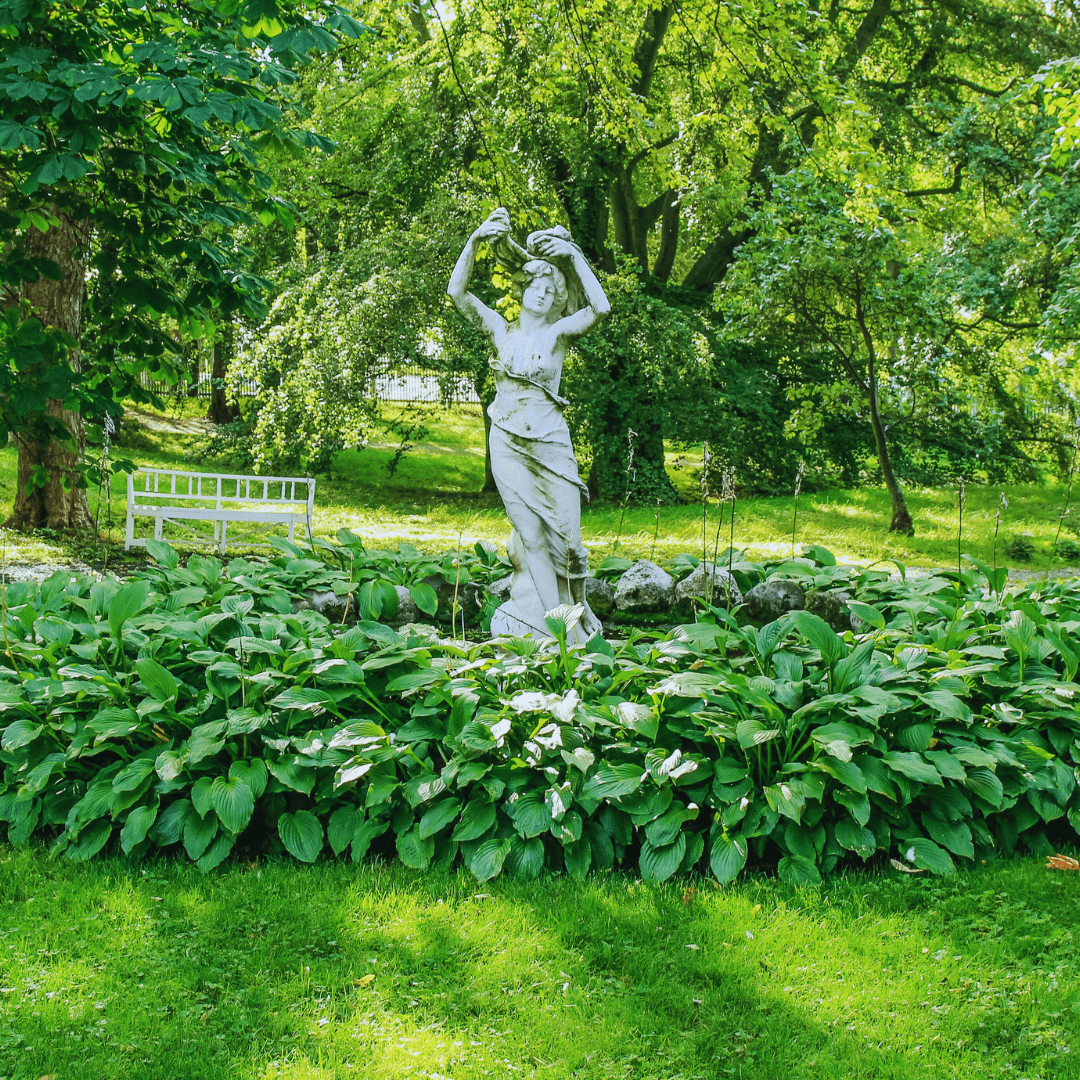
1. Path Edging
Art and sculptures are transformative additions to any garden, enhancing its visual allure and personal charm.
Whether classical or modern, statues can serve as striking focal points or subtle accents, complementing the garden's theme.
Wind chimes bring a musical touch to the environment, with different materials producing varied sounds that soothe the senses.
Personalized garden ornaments, like bird baths, sundials, or whimsical fairy houses, infuse the space with individuality and character, reflecting the owner's unique taste and style.
These artistic elements beautify the garden and create a welcoming and enchanting atmosphere, inviting guests to linger and immerse themselves in its splendour.
2. Lighting
Proper lighting enhances the functionality and enchantment of the garden, extending its usability into the evening hours.
Solar lights offer an eco-friendly solution, effortlessly charging during the day to emit a soft, gentle glow in the darkness, adding a touch of magic to your outdoor space.
String lights may create a cozy and festive ambiance, perfect for draping over pergolas, along fences, or among trees, infusing the garden with warmth and charm.
Lanterns provide a soft and inviting glow, whether hung from hooks or placed along pathways, inviting exploration and relaxation.
Spotlights illuminate specific features such as trees, sculptures, or water elements, accentuating their beauty and creating captivating focal points.
These lighting options transform your garden into a charming sanctuary, perfect for evening enjoyment and creating lasting memories.

3. Garden Structures
Structures play multifaceted roles in garden design, offering shade, plant support, and architectural intrigue.
Arbours and pergolas elegantly frame entryways while providing sturdy support for climbing plants, fostering a lush, green canopy, and instilling a sense of enclosure and intimacy within the garden.
Gazebos offer sheltered sanctuaries for relaxation, serving as captivating focal points where one can sit and savour the beauty of the surroundings.
Greenhouses extend the growing season and provide refuge for delicate plants, enabling experimentation with various botanical species and enhancing the garden's functionality as a space for cultivation and contemplation.
These structures enrich the garden landscape, elevating its aesthetic appeal and functional versatility.
5. Maintaining Your Healing Garden
Regular Care And Seasonal Maintenance
Regular maintenance ensures your garden remains a healing sanctuary:
1. Watering You Healing Garden
Ensure your garden's vitality by establishing a consistent watering schedule tailored to your plant's needs.
Choose drip irrigation or soaker hoses to conserve water and effectively target the root zone, minimizing waste and promoting healthy growth.
2. Weeding
Combat weed growth by diligently removing it from your garden beds. As a preventative precaution, mulching keeps the soil moist and inhibits weed growth, lessening the need for frequent watering and improving plant health.
3. Pruning
Regular pruning maintains the health and aesthetic appeal of your plants. Trimming away dead or overgrown branches promotes plant vigour, encourages new growth, and prolongs flowering, contributing to a tidy and flourishing garden.
4. Seasonal Tasks
Adapt your garden care practices to the changing seasons to optimize plant health and growth.
Tasks such as mulching in winter to protect roots from frost or fertilizing in spring to promote vigorous growth are essential for addressing seasonal needs and ensuring your garden thrives year-round.
Sustainable Practices For Your Healing Garden
Incorporate sustainable practices to make your garden eco-friendly:
1. Composting
This sustainable practice transforms organic waste into nutrient-rich soil amendments. It lessens waste production and improves soil fertility, encouraging healthy plant development and lowering the requirement for artificial fertilizers.
2. Rainwater Harvesting
Utilize the force of nature by gathering rainfall to irrigate your garden. During dry seasons, rain barrels or cisterns collect and store rainfall, minimizing dependency on municipal water sources and offering a sustainable water source. Thus, they conserve resources and lower water bills.
3. Native Plants
Opt for native plant species in your garden to conserve water and reduce maintenance needs.
Native plants contribute to biodiversity protection and ecosystem health by naturally adapting to local environmental conditions.
They also require less water and maintenance, giving native wildlife vital habitat and food sources.
4. Organic Gardening
Embrace organic gardening practices to promote environmental sustainability and protect ecosystem health.
Organic pest control techniques include using helpful insects and organic sprays instead of artificial fertilizers and pesticides.
Organic gardening fosters a harmonious relationship between plants, wildlife, and the environment by prioritizing soil health and ecological balance.
Conclusion
In conclusion, creating a healing garden is a gratifying process that offers numerous benefits for your well-being.
Whether you seek a place for quiet reflection, physical rehabilitation, or to enjoy the beauty of nature, a healing garden can provide a sanctuary tailored to your needs.
By thoughtfully planning and maintaining your healing garden, you can create a space that continually nurtures and heals, bringing peace and joy to your life.
I trust you enjoyed this article on How To Create A Healing Garden. Please stay tuned for more blog posts soon. Take care!
JeannetteZ
Your Opinion Is Important To Me
Do you have thoughts, ideas, or questions? I would love to hear from you. Please leave me your questions, experiences, and remarks about this article, How To Create A Healing Garden, in the comments section below. You can also email me at Jeannette@Close-To-Nature.org.
Disclosure
This post may contain affiliate links. As an Amazon Associate and other affiliate programs, I earn from qualifying purchases at no extra cost to you. Please read my full affiliate disclosure.
You might also enjoy these blog posts:
How To Prepare Soil For Planting Herbs
Hummingbirds Of Costa Rica: A Comprehensive Guide

